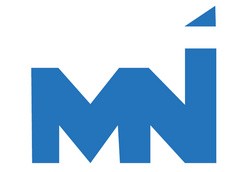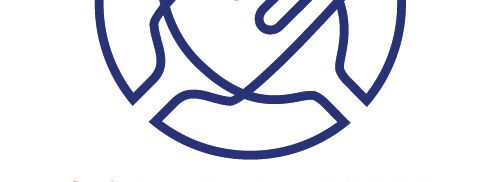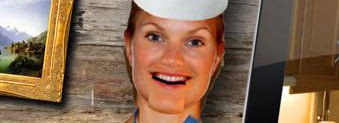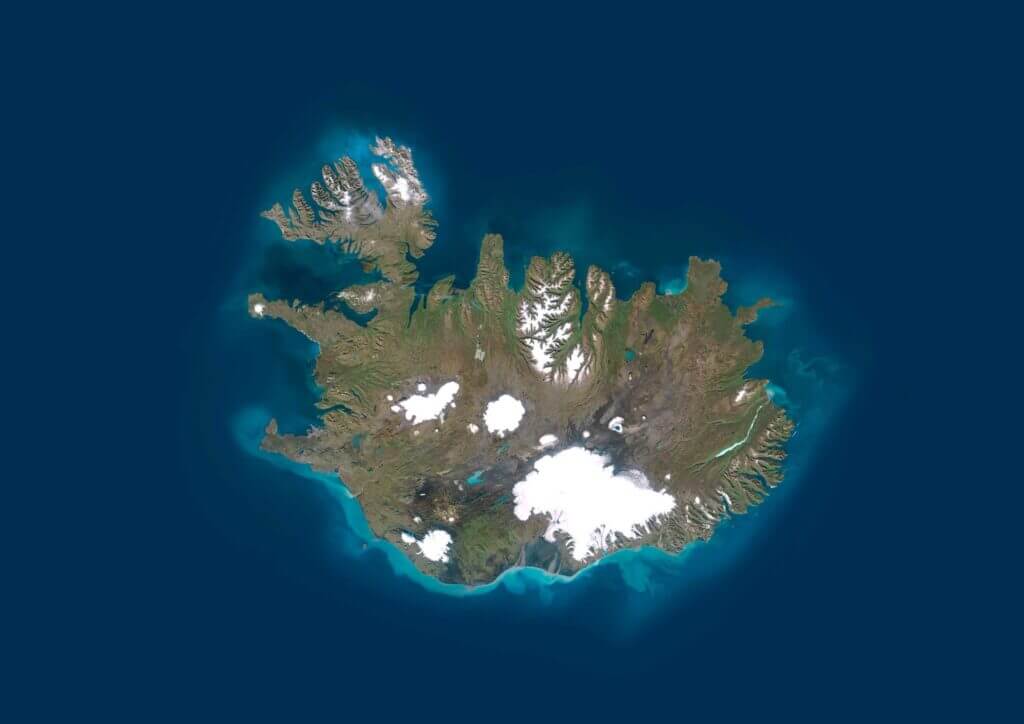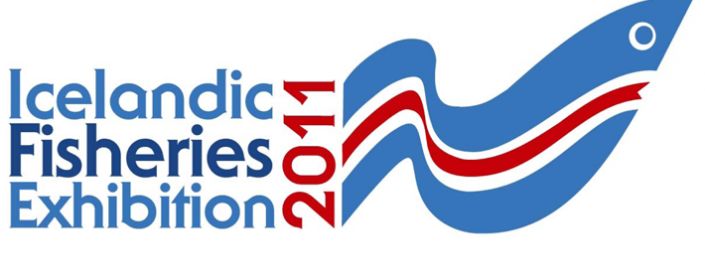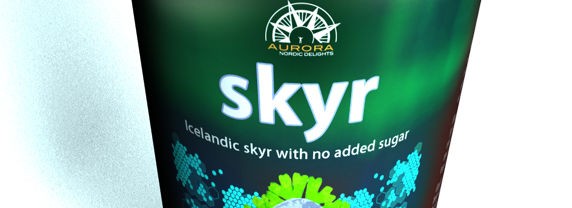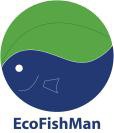The summer of 2011 was the third summer in which free hand fishing with restrictions on the total amount, so-called coastal fishing, was allowed. The pot contained 8,500 tons and a total of 685 boats took part in the fishing.
The quality of coastal fishing catches has been somewhat discussed in recent months, and therefore the Ministry of Fisheries and Agriculture requested from Matís, Matvælastofnun and the Directorate of Fisheries that an assessment be made of the quality of coastal fishing catches. Various documents were collected during the implementation of the audit, including:
- Measurements of catch temperature when landing across the country, a total of about 2,500 measurements.
- Measurements of the fish markets at the temperature of the catch this summer, a total of about 10,000 measurements.
- Field surveys, i.e. 405 coastal fishing boats were boarded to investigate various issues related to the handling of catches.
- Interviews with the parties that handle the catch of coastal fishing boats the most, ie. buyers, sellers, fish markets, gutting services, carriers, fish processors, etc. a total of about 30 people.
- Visits to fish markets around the country to check procedures, in addition to discussions with representatives of fish markets.
The results of the survey show that inshore fish are of very different quality. Coastal fishing boats fish during the hottest season when the fish are in a bad state due to natural causes, they often stay close to land where the fish are small, there are more worms and the color of the red is darker (so-called kelp); they usually land uncut catches and the size distribution is large. Access to ice is limited in some ports, gutting services are generally no longer available and the transport of ungutted catch between parts of the country at this time of year can be detrimental to the raw material if the catch treatment has not been satisfactory. It is therefore a problem for the coastal fishing fleet to ensure the quality of the catch and it is especially important that the catch treatment is exemplary.
The survey reviews the issues that most affect the quality of the catch, examines how the coastal fishing catch came out this summer regarding those issues in comparison with other day-trippers and finally puts forward proposals on how to promote improvements.
The most influential factor in the quality of inshore fishing is cooling. In general, it can be said that the coastal fishing fleet performs well in comparison with the traditional day-trip boats in terms of cooling, and it is not possible to distinguish a significant difference between these fishing groups. The results of the audit also indicate that the cooling of coastal fishing catches has improved significantly from the previous year. It should be noted, however, that there is a need to further improve cooling, both for coastal fishing boats and other day-trip boats, in order to meet the requirements set out in regulations, ie. that the catch temperature is below 4 ° C within 6 hours. after fishing.
Bleeding facilities are limited on board inshore fishing boats, ie. the catch is usually bled into ice or sludge in the tanks in which it lands. However, as hand-held fish are usually very active when they are hauled on board, blood emptying is better than otherwise, and buyers are usually satisfied with the bleeding of the catch. Representatives of the fish markets say that they have never received a complaint about poor bleeding and therefore it can be concluded that bleeding is not a significant problem with the coastal fishing fleet.
Classification and gutting are also factors that affect the quality of coastal fishing catches. It is important that fish markets and their customers find acceptable ways to ensure that buyers are allowed to deliver the size of fish they think they are buying, but it has been widely reported this summer that buyers have been dissatisfied with the size classification. However, this is a problem that is particularly related to distance selling, as it can be difficult to provide information on the classification of catches that have not yet been landed. Cutting of day-trippers' catches has also been a problem this summer, and it is recommended that the authorities consider changes to the regulations on gutting before the start of the next coastal fishing season.
With regard to other factors that affect the quality of coastal fishing catches, it is most natural that market laws should prevail, ie. that price and quality go hand in hand, but in order for that to happen, it is necessary to increase the visibility of quality factors in the fish markets and increase promotion. The arrangement of coastal fishing, ie. Olympic fishing, can contribute to the pursuit of lower quality catches and therefore it is important to promote education for fishermen, as well as others in the value chain. Efforts were made in education, measurements and monitoring of day rowing boats in the summer of 2011 and it is clear that this has had some success. It is therefore important that the government ensures that this path is continued next year.
We're on the right track, but it's better if it's enough!
A report on the quality of inshore fishing catches in 2011 can be accessed here.
Educational website for small boat sailors: www.alltummat.is/fiskur/smabatar/
For further information Jónas R. Viðarsson at Matís.


